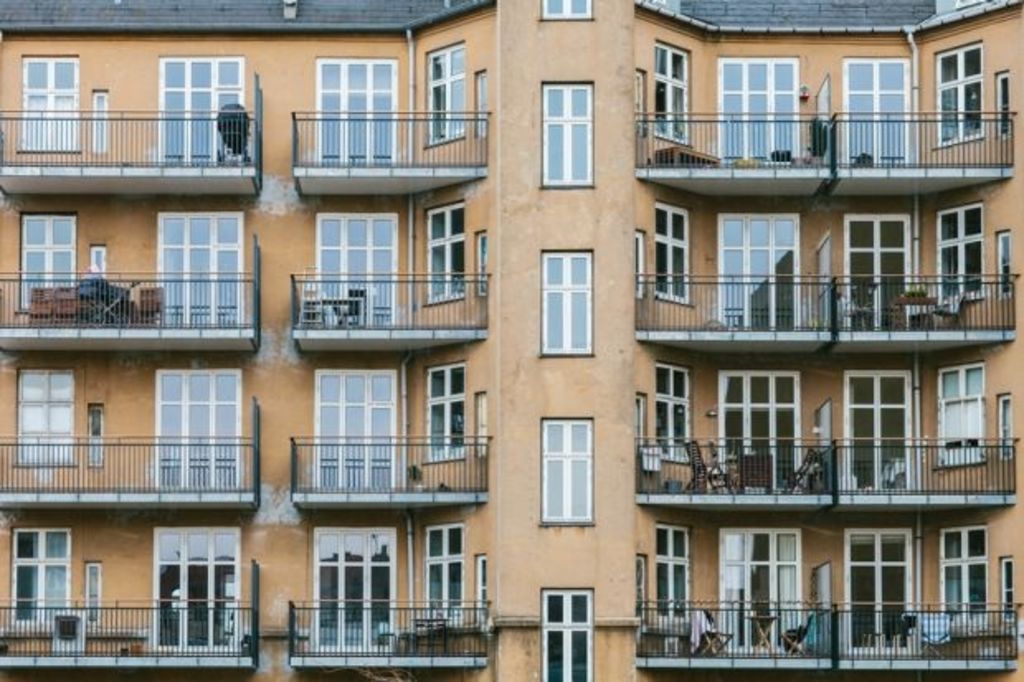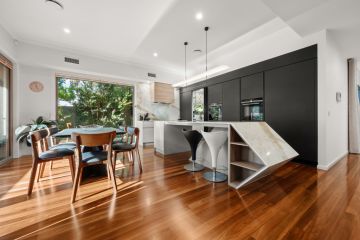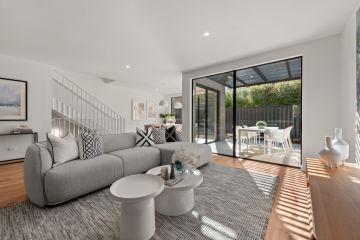What I wouldn't buy: five successful investors share their advice

If you swallow the hype, it’s easy to believe that almost every bricks-and-mortar investment is a sound one.
Of course if property investing was that easy, we’d all be multi-millionaires.
So we asked five successful property investors to share a few of their hard-won secrets – namely, what they’d never spend their own money on.
Off-the-plan
“I would never buy a brand new off-the-plan apartment,” says property investor, author and media commentator, Steve McKnight. “The reason for that is the same logic as when you buy a new car – its value goes down considerably (the moment you get the keys).”
Since buying his first investment property in 1999, Mr McKnight has completed more than 550 property transactions and currently holds a portfolio that includes residential, commercial, land and co-ownership of a mobile home park. After writing two successful books on investing (0 to 130 Properties in 3.5 Years and 0 to 260+ Properties in 7 Years), Mr McKnight has created Australia’s first nationally recognised training program for property investors, Property Apprenticeship, where he shares his investment philosophies.
Mr McKnight says what typically drives value in real estate is scarcity. With so many apartments already on the market – and with more to come – he says it’s difficult to see how a new apartment would outperform the general property market.
“If someone wants to buy an apartment, try and buy an older apartment that you can add value to by renovating, in no more than a complex of five, rather than in a newer apartment complex of 20 or 30.”
Mr McKnight, a qualified chartered accountant, says he is also not a fan of negative gearing – believing that an investment that runs at a loss is not a sound one.
Likewise he’d steer clear of renovating a property himself, and focus on project managing the work instead. “I’m an investor – I’m not a painter.”
Mass-scale apartment developments
Investor Marion Mays, founder of property investment services company Thalia Stanley Group, also avoids off-the-plan apartments, warning long sunset clauses are causing huge financial headaches for many rookie investors. With more than 27 years experience in banking, lending and financial planning, Ms Mays says it’s a particular problem in mass-scale developments.
The sunset clauses – which stipulate the maximum time the developer has to finish the project – can cause major problems when a buyer forgets to check the contract.
“The developer can write a sunset clause from two years to anything he wants,” says Ms Mays. “The worst one we’ve seen is seven years.”
Buying an off-the-plan apartment without knowing anything of the developer’s history – or how she or he is funding the project – is also something to avoid, she says.
As well as her own portfolio of investment properties, Ms Mays has succeeded in helping more than 1000 individuals and families venture into property. She advises that those looking to invest should avoid cheap property that may contain asbestos (threat of litigation), heritage-listed property (expensive and restrictive) and property in high rainfall areas (high maintenance costs).
Capital cities other than Melbourne, Sydney
Property investor and commentator Michael Yardney says many off-the-plan apartments are valued at less than what the buyers paid.
A number of factors including an oversupply, people paying too much and finance falling through – partly due to bank changes in lending to foreign investors – are to blame, he says.
Spotted one going at basement bargain prices? Mr Yardney advises against it. “You won’t be able to get good rent and you won’t have capital growth for at least a decade.”
As founder and director of Metropole Property Strategists, Mr Yardney is responsible for leading a team of property professionals who help their clients create wealth through property investment. He is also a best-selling author of eight wealth creation and property investment books and owns a significant number of properties including residential, commercial, industrial, retail and medium density.
Brisbane is one area that Mr Yardney would avoid investing. There, he says prices haven’t met expectations because many of the jobs created in the city have been only part-time. Hobart, Adelaide, Perth, regional areas and outer, blue-collar suburbs are also on his “avoid” list.

Sydney investor Stephanie Brennan.
Rural properties, hotspots and (just) houses
At just 24, Sydney’s Stephanie Brennan became Australia’s youngest property tycoon and expert. Now 26, she has nine investment properties to her name and has co-authored three books.
As an investor, she’d steer clear of rural property.
“Rural areas don’t have the population growth to build the demand, and population growth is what increases property prices.”
Off-the-plan apartments aren’t always a no-go zone in her eyes – if due diligence is carried out.
“You want to make sure it’s a quality build, make sure it [the purchase price] is in line with the current property market,” she says. “I would also be looking into the history of the developer.”
Last on the list are houses. “I think if you are going to have a portfolio, you should have a mixed portfolio, but I wouldn’t have all houses.”
She says they can be harder to rent and sell. “There are fewer people that can afford to buy expensive houses, so your market decreases.”

Investor Brenton Tidow. Photo: Archer Imagery
Dime-a-dozen properties
Investor Brenton Tidow, 27, who also founded property tax management app Abakus, avoids any property that is oversupplied – for example, a house that’s the same as any other in an estate.
“I also avoid buying in the CBD – the CBD’s pretty volatile,” says Tidow, who owns four properties so far.
Mr Tidow also keeps away from rural towns that depend on one industry. Instead he targets properties within two to five kilometres of the city with a “wow” factor.
“It’s not emotional for me, but it needs to be emotional for the tenant,” he says.
“When I open up to get a tenant, I want a tenant to walk in and go ‘I need this house’.”
We recommend
States
Capital Cities
Capital Cities - Rentals
Popular Areas
Allhomes
More







